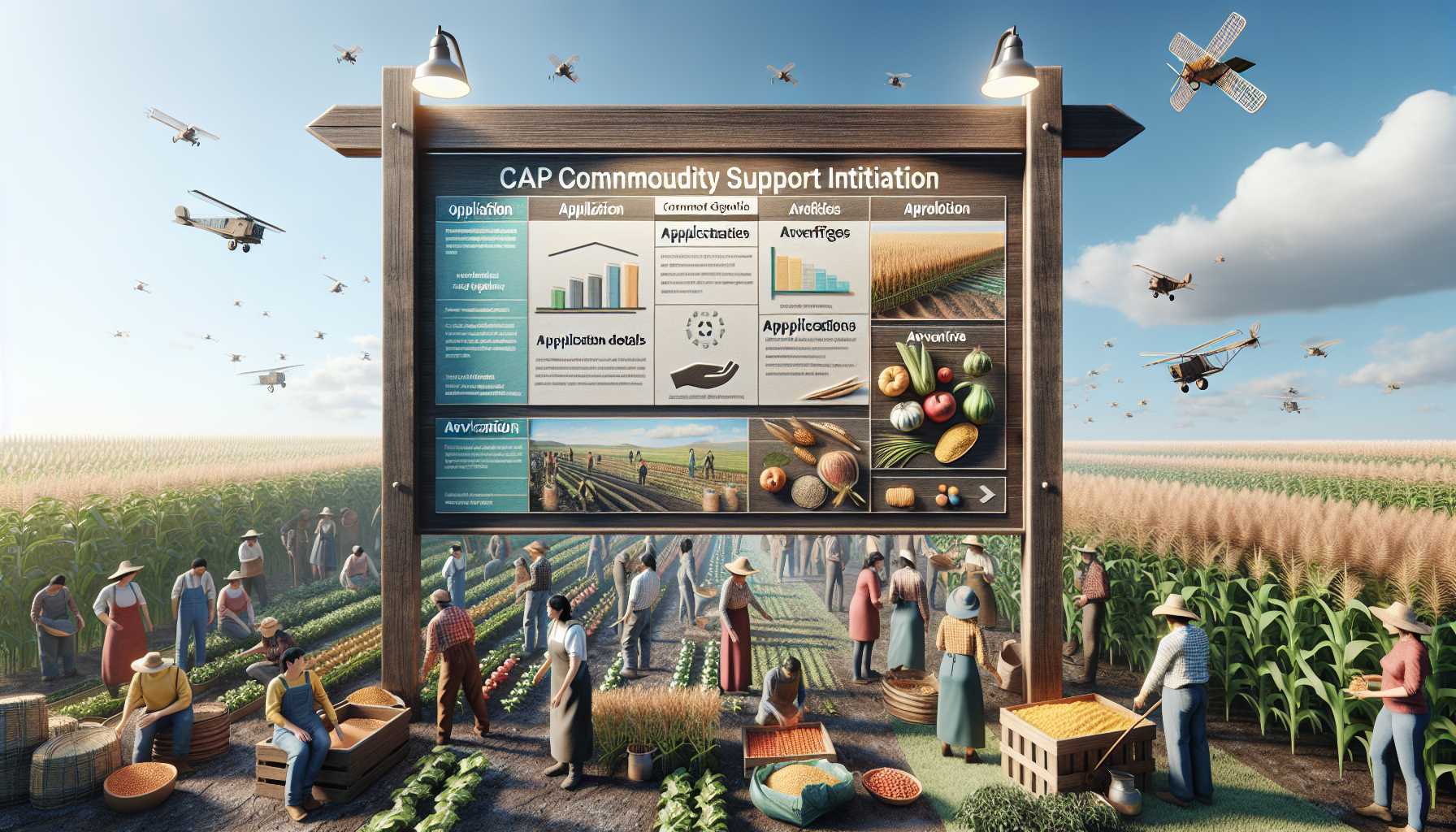
Direct payments to assist farmers
The Emergency Commodity Assistance Program is poised to offer immediate financial assistance to farmers grappling with rising operational expenses. This initiative aims to provide focused payments to qualified producers, ensuring they receive the essential support needed to maintain agricultural productivity amidst economic challenges.
Through this program, farmers will obtain direct payments determined by commodity-specific guidelines, with funds allocated to the sectors most affected by rising costs. These payments are intended to stabilize farm income, alleviate financial pressure, and enhance producers’ capacity to effectively handle cash flow.
“Offering direct payments guarantees that farmers can keep producing without being driven into unmanageable debt or operational reductions,” explained a finance sector expert acquainted with the initiative.
The framework for these payments is organized to be prompt and adaptable, enabling producers to direct resources where they are most required, be it for input expenses, equipment upkeep, or other vital operational costs. By infusing liquidity into the sector, the initiative aids in maintaining stability in the supply chain and averting disruptions that might affect larger commodity markets.
- Eligibility requirements – Farmers must fulfill certain production benchmarks and exhibit financial need due to recent cost hikes.
- Distribution of payments – Funds will be allocated through an efficient application process to guarantee swift access to assistance.
- Sector prioritization – Commodities facing the steepest cost pressures will receive prioritized support.
Amid global market fluctuations and inflationary pressures impacting input costs, these direct payments represent a crucial strategy to protect farm operations. The program underscores the government’s dedication to preserving agricultural productivity while tackling the immediate financial obstacles confronting producers.
Tackling rising agricultural expenses
<pEscalating input costs have exerted considerable financial pressure on farmers, with significant expenditures such as fertilizers, fuel, and feed seeing dramatic price hikes. These increases, spurred by global supply chain disruptions and inflationary trends, have eroded profit margins, complicating the ability of producers to maintain sustainable operations.
A major challenge for farmers is the volatility in fertilizer prices, which have risen significantly due to supply limitations and geopolitical issues. Higher expenses for essential nutrients like nitrogen and phosphorus have compelled many producers to rethink their planting approaches or explore alternative soil management strategies. Likewise, fuel costs have surged, impacting transportation, irrigation, and machinery operations, exacerbating financial difficulties.
“The steep increase in operational expenses is tightening farm budgets, complicating producers’ ability to plan for the future and invest in productivity enhancements,” remarked an agricultural economist.
Livestock producers have also felt considerable effects, with feed prices soaring amid increased grain costs and supply shortages. This has intensified pressure on profit margins, especially for dairy and meat producers reliant on a consistent supply of affordable feed to maintain herd health and production levels. Water costs, particularly in areas prone to drought, have introduced another layer of financial stress, as farmers confront higher irrigation expenses to support crop yields.
- Fertilizer and chemical expenses – Prices have surged sharply, compelling farmers to modify nutrient management practices.
- Fuel and energy costs – Rising costs affect machinery operations, irrigation, and transportation logistics.
- Feed price increases – Livestock producers are encountering elevated costs for essential feed supplies, impacting overall profitability.
- Water and irrigation expenses – Climate variability has resulted in increased costs for securing sufficient water resources.
These escalating costs have prompted the need for targeted financial interventions like the Emergency Commodity Assistance Program to help farmers navigate their cash flow challenges and sustain production. Without such initiatives, the viability of numerous agricultural operations could be jeopardized, potentially resulting in decreased output and supply chain interruptions in key commodity markets.
